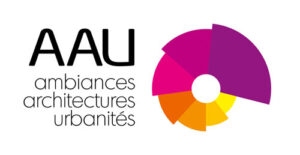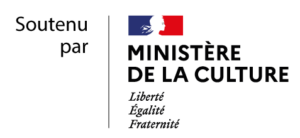A session+roundtable on atmospheres at the RGS-IBG Annual International Conference 2018
Session: http://conference.rgs.org/AC2018/8
Roundtable: http://conference.rgs.org/AC2018/38
Convenors:
- Sara Fregonese (University of Birmingham)
- Suncana Laketa (University of St. Gallen)
- Damien Masson (Université de Cergy-Pontoise)
Sponsored by the Political Geography Research Group (PolGRG)
We are witnessing an upsurge of deadly acts of terrorism. In Western Europe, for example, the number of incidents has remained stable, but deadly attacks have increased, from 2.7% in 2012 to 7.2% in 2015 and 11.2% in 2016 (Source: Global Terrorism Database). The landscapes of terror and terror threat are complexly interwoven with those of conflict, radicalization, grievance and displacement in and from the Middle East and the so called Islamic State. While IR and terrorism studies struggle to analyze, index and measure the increasingly elusive structures of Jihadi terrorism, and critical security scholars assess the deployment and effectiveness of counter-terrorism measures, the contemporary impact of jihadi terror and terror threat on the everyday landscapes are understudied.
The session addresses this gap, by bringing attention to new spacings of terror and terror threat that go beyond the representational, state-centred, and territorial framings of national security, risk and resilience, geopolitics and identity studies. Katz’s work on security, performativity and the everyday urban environment (Katz 2007) is updated here and the research question and analysis pushed further into the everyday visceral materialities, bodily experiences, elemental aspects and ambiances/atmospheres that compose the changing landscapes of terror and terror threat.
Conversely, terror and terror threat as research objects might provoke epistemic shifts within the paradigms underlying the ‘atmospheric turn’, notably by shifting their phenomenological focus towards a critical and (geo)political one. If so, in what ways can affective and atmospheric sensitivities be reconciled with social and cultural understandings and engagements with terror and terror threat?
We invite papers that address the above points within themes including:
- Living with to terror and terror threat
- Responding, reacting, coping, absorbing: extraordinary violence and ordinary experiences
- Governing/regulating public experiences of and responses to terror
- Studying terror within the atmospheric turn
- More-than-human landscapes of terror and terror threat
- Performances of terror/security in public space?
- Elemental geographies of terrorism and terror threat
- Atmospheric/material/elemental/bodily histories of urban terror and terror threat
- Representing, visualizing and/or mapping the everyday, embodied, elemental and ambient geographies of terror fear and threat
- Collecting, grasping, and other sensory methodologies to understand the mundane feelings/affects/intensities of terror and terror threat



